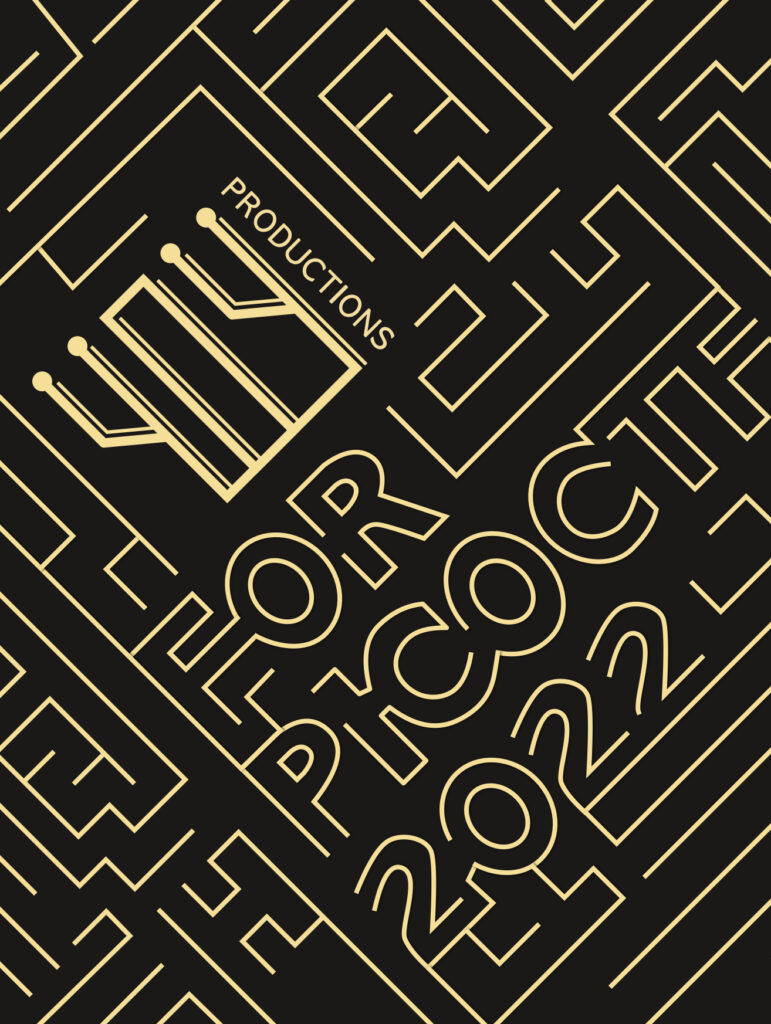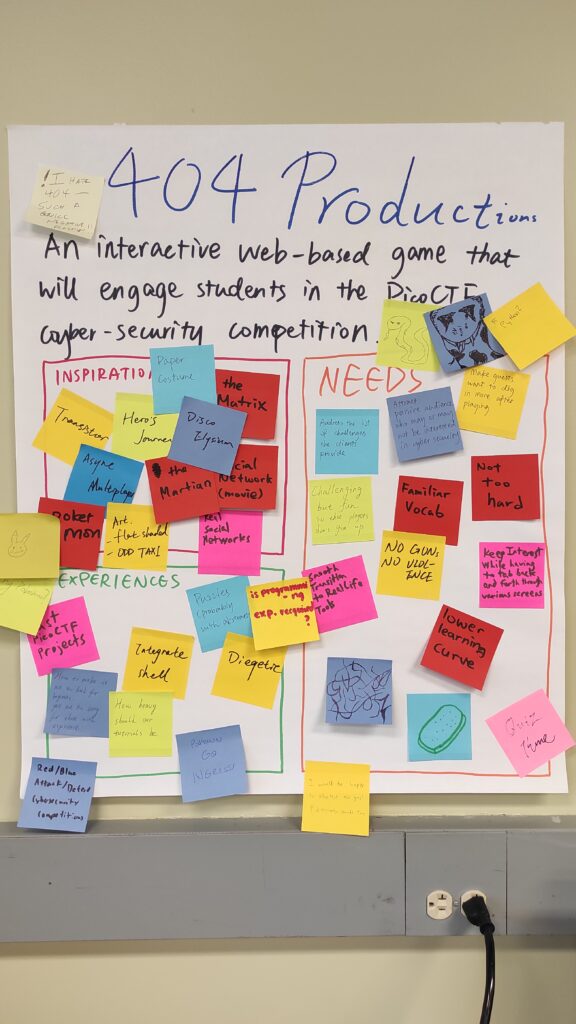Work Done This Week
Fleshing out mini game prototypes
Week 3 marks the start of out actual prototyping process. Last week we’ve agreed upon building a set of mini games that teach the fundamental programming principles (that are listed in the problem planner sheet handed to us by our client) in cybersecurity. The two major tasks this week: 1. Talking with educators to figure out how to engage our target demographic. 2. Receive and digest feedback from quarters walk around.
Talk with the educators
Some key take-aways from our talk with the educators:
- Youngsters in our target demographic are familiar with platforms such as “Kahoot!”, and that we are encouraged to use simple drag and drop interactions as well as scoreboard in our own games.
- Keeping the youngsters engaged will be our main task, solving Morse code during class was one of those activities.
- Giving the youngsters “options” to choose from, or even just the illusion of choices will help make the experience more engaging.
- Self-motivation stems from recognition, sense of achievement, competition (for the top students), fighting for a cause, a lot of easy wins at first and, lastly, attention grabber during the early stage.
Quarters
The team focused on making and presenting the two mini game prototypes during quarters to gauge if this is the right path. Before the Wednesday walkaround, we prototyped the indentation mini game and the ASCII decoding mini game. It is crucial to ensure cohesion between gameplay coding principles in cybersecurity.
Here are the key take-aways from walk around feedbacks:
- Level design in our mini games should not be too easy or too hard
- Giving players a lot of feedbacks will achieve better effect
- Do not stress too much on the “magic” theme. Cybersecurity is the key theme here.
- Prove the mini game ideas, as early as possible,with your target demographics. Playtest early and often with target audience.
- Don’y just stick to one single metaphor to wrap the experience. Dive into multiple metaphors instead.
- There is a good Reference game: Dragon Box Algebra
- Connect the concept with real thing. Bridge the gap between the game experience and real world problem solving.
Logo & Poster!


Plan for Next Week
Next week, the team will try to come up with the entire set of mini games that cover all the topics in the picoCTF problem planner sheet and tentatively figure out a storyline that ties all of them in a organic manner. Stay tuned!

